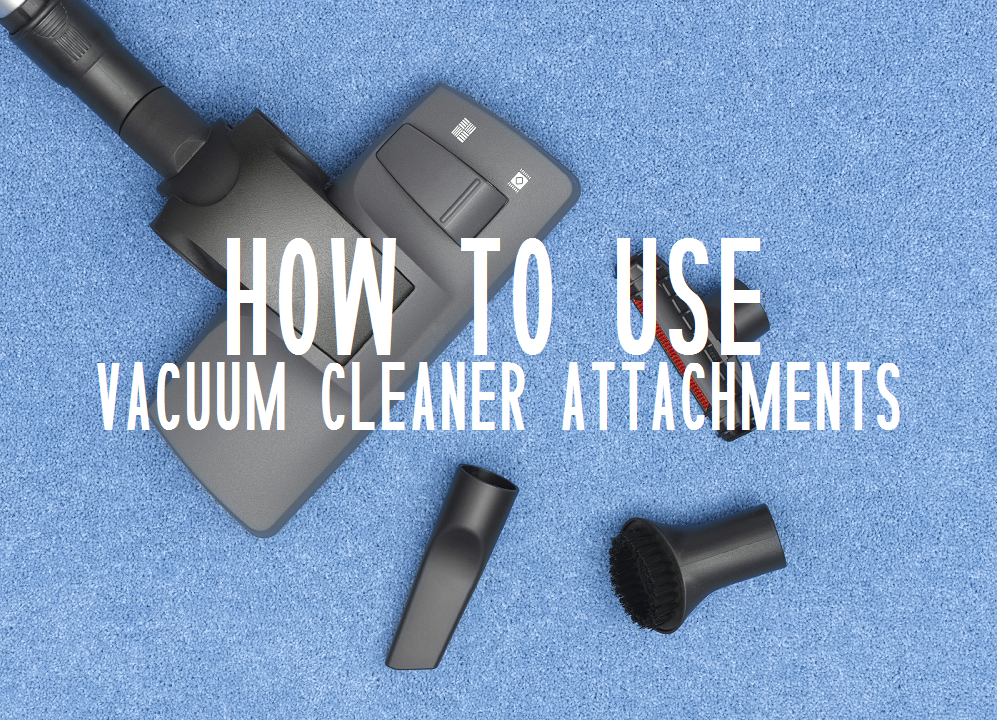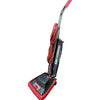
Are You Using Your Vacuum Attachments Correctly?
Bare floor attachment: When we think of vacuums, we think of rugs, but just as often, we vacuum wood, tile, and linoleum floors. In order to protect these floors from scratches, the floor attachment comes equipped with a soft brush. This brush should be cleaned from time to time to keep it from becoming clogged with dust and debris.
If you have mostly bare floors in your home, consider investing in a wider bare floor attachment to save time pushing the vacuum back and forth. However, if you have lots of furniture — even if you have a lot of square footage — a smaller bare floor attachment might be a better bet because you will be able to maneuver it around the legs of your tables and chairs easier.
This is why it’s important to get a quality bare floor attachment that pivots and swivels easily, so you can get around obstacles in your home. You don’t want to have dusty spots on the floor, and you also don’t want your furniture legs all banged up.
Upholstery attachment: This looks like a small floor attachment and is often used to vacuum upholstered chairs, couches, and other furniture — even quilted headboards. They’re great for vacuuming not only the cushions but underneath the cushions as well since this area seems to be a magnet for crumbs and other debris.
Some upholstery atta0chments come with a removable thin brush, which helps to agitate the fabric better than bare plastic to remove more debris, while with other sets, the attachment with the brush is a separate piece.
The upholstery attachment with the brush can be especially helpful with pet hair, although some vacuum cleaner companies make special pet-hair removal tools. Success with these tools is sometimes dependent on the type of pet hair you’re trying to remove.
This is also the tool you should use to vacuum curtains and drapes. However, you may want to reduce the suction power if the fabric is thin, or else you run the risk of accidentally sucking the fabric into the vacuum, which could wrinkle or otherwise damage it.
Dusting attachment: This attachment is usually round and is equipped with a thick-bristled brush to protect your furniture from scratches. It’s great on flat surfaces such as tables and dressers, but it’s real time saver for dusting picture frames and knickknacks.
Use your dusting attachment with an extender to remove cobwebs from ceilings and dust from light fixtures. Remember to clean this brush from time to time as well.
When you’re using this tool, think about how superior it is to a dust rag or worse, a feather duster, as these “tools” simply move dust off of one surface so it can land on another. Your vacuum sucks up the dust and deposits it in the vacuum cleaner bag.
Crevice tool: Everyone loves the crevice tool for getting crumbs out of the keyboard and debris from the crevices in your car. Other handy uses for this tool include cleaning the dryer vent, home heating vents, refrigerator coils, cupboards and window frames. Tell us what else you use your crevice tool for and we’ll spread the word to our customers!
Just keep in mind there is usually no brush or soft edge to this tool, so take care not to get too close to surfaces that might scratch.
Extender tools: Extenders are usually metal tubes of varying lengths meant to extend your reach while you’re vacuuming. They allow you to get into corners, high ceilings, under beds and other awkward spots.
Just remember that the farther your tool is from the motor on a vacuum, the less suction power it has. So resist the temptation to buy long extender hoses or tubes with high expectations.
703-997-9292
You can visit us at:
11110 Lee Highway, Fairfax, VA 22030 (in Fairfax City, VA) or
300 Fort Evans Rd, Suite 104, Leesburg, VA 20176 (Town of Leesburg, VA)
- 24 Aug, 2022



































